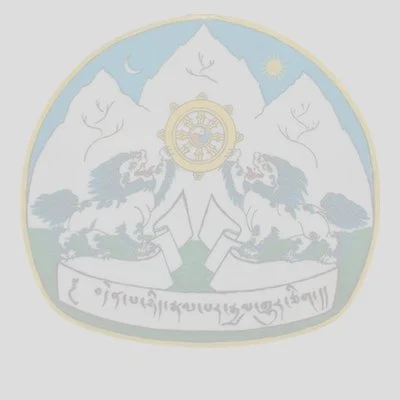
Introduction:
Sonamling Tibetan settlement was established in 1969 with an initial population of 617 Tibetan refugees. Majority of them were nomads from western part of Tibet bordering with Ladakh and fled in 1959 in the aftermath of Chinese occupation of Tibet.
Settlement location:
This settlement is situated at Leh Ladakh, Jammu & Kashmir State, India at the height of 3505 Mts. above sea level. The Indus River flows through the southern side of the settlement and use canal system from the river. Agricultural method used is traditional and hence yield is very low.
Settlement population:
| Population | In Leh | In Jangthang | Total |
|---|---|---|---|
| Initial population | 928 | 617 | 1545 |
| Present population: | 5584 | 1539 | 7043 |
No. of villages in the settlement:
Sonamling Tibetan settlement consists of 11 scattered villages. Each settlement is identified on the basis of numerical. The camps no. 3 so to say is the capital of the settlement as vocationally and all the official functions were held in this camp. The school, settlement office and co-operative society are also located in this camp. The average distance between each settlement is 3-4 Kms. The outer most village from the camp no 3 is more than 14 Kms which makes accessibility to services difficult. Therefore, in each camp a small dispensary, a creche, and a kindergarten facility have been set up.
Settler’s livelihood:
Most of the original families have a small piece of agricultural land for their living. Due to lack of irrigation facilities, the agriculture practiced, is not sufficient to sustain the families on farming alone. Therefore, besides agriculture, most of the settlers are engaged in trading, restaurants, shop keeping, and seasonal woolen business etc…
Facilities in the settlement:
| School: | One High school (TCV) up to class 10th std. One pre-primary school and crches in every camp |
|---|---|
| Health facilities: | One modern allopathic dispensary One Tibetan Traditional Medical Center branch |
| Monastery: | There are 3 monasteries |
| Co-operative Society: | The settlement has a Multipurpose Co-operative Society Registered under the Indian Co-operative Societies Act of 1970. The Co-operative Society provide necessary services to the settlement people. This section runs different section to meet the need of the settlement like.
1. Carpet Center |
| Old People’s Home: | One Elderly Peoples Home with 20 elders |
Administrative setup:
Chief Representative Office (CRO):
The settlement has a settlement officer who is the Chief Representative Officer (C.R.O.) of the Department of Home, Central Tibetan Administration (CTA), Dharamsala. Settlement officer is the principle post of the settlement and he is incharged with overall control of running of affairs of both the settlements in Ladakh.
The Chief Representative acts as the liaison officer between the settlement and the Department of Home (CTA) and is the main source of information for the people in the settlement. Daily task for the representative ranges from adjudicating disputes, to communicating with group leaders (gopa) and outside authorities, and generally watching over the running of all aspects of the settlement.
Local Assembly:
The functioning or activities of every settlement are more or less similar to each other. The settlement possesses an elected Local Tibetan Assembly and actual term for the Local Tibetan Assembly is five years. This Local Tibetan Assembly holds session twice in a year and can raise any questions and decide on any issues related to the settlement during the session.
